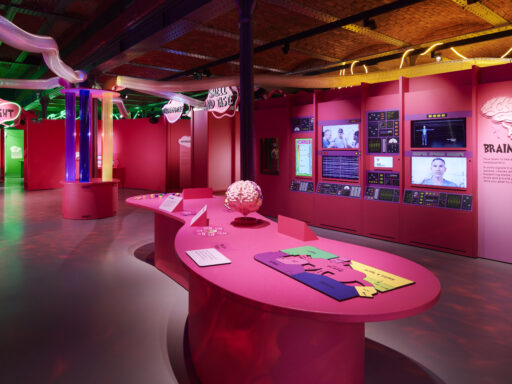
The team behind the Science and Industry Museum’s latest exhibition looks at what it takes to ensure access was built into this immersive exhibition.

The team behind the Science and Industry Museum’s latest exhibition looks at what it takes to ensure access was built into this immersive exhibition.
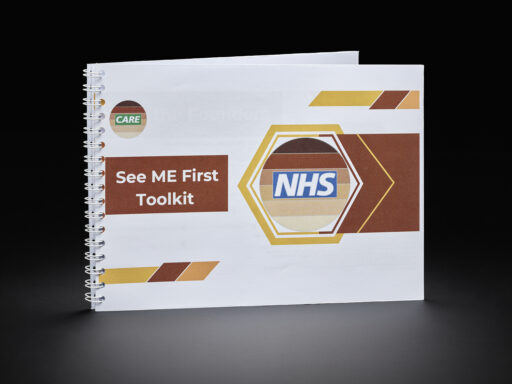
Organisations all over the world are looking at their workplaces and public services to ensure they are open and accessible to everyone. Curator in Clinical and Research Medicine Selina Hurley looks into how sometimes just three people can start something which will make a difference, even in an organisation as big as the NHS.
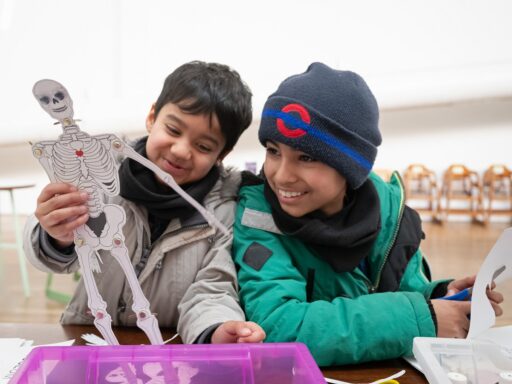
The innovative events programme has helped transform museum visits for families who need a quieter environment to enjoy the museum, particularly for family members on the autism spectrum or with sensory processing differences.
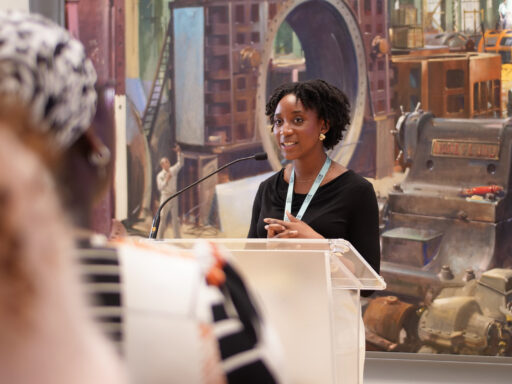
As part of the Science Museum Group’s commitment to building a more diverse and representative workforce we partnered with the 10000 Interns Foundation to introduce a Summer Internship scheme in 2023. Now in its second year, this programme has already had a huge impact across our museums.
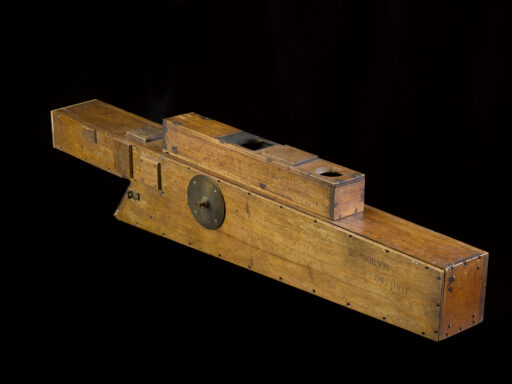
To mark National BSL Day on 28 April, we highlight new BSL signs inspired by our collection and share the process behind their creation.
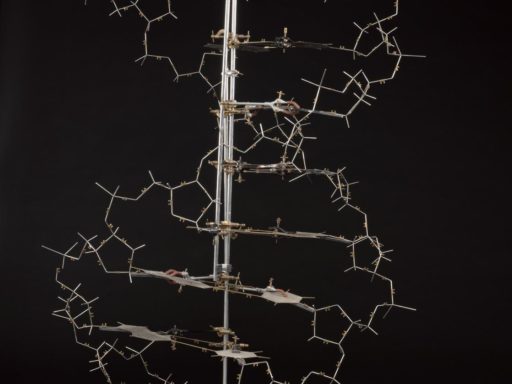
This week we explore bias in genetic databases in an online event. To discuss why this is so important for our future health, Science Director Roger Highfield talks to Professor Naomi Allen, Chief Scientist of UK Biobank.
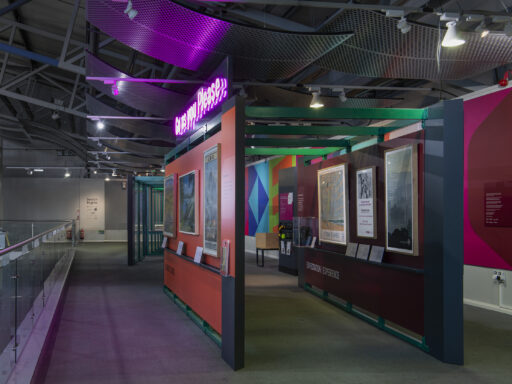
As new exhibition, Go as you Please, opens at the National Railway Museum, we shine a light on the exhibition and the important programme behind it.
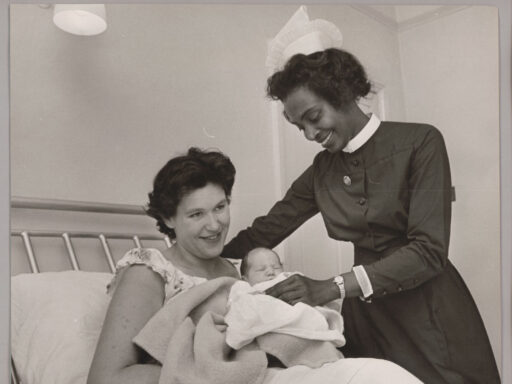
On this day in 1948 – just 13 days before the National Health Service was established – the Empire Windrush ship arrived at Tilbury Docks in Essex with 429 Caribbean migrants aboard. In this blog post Trainee Assistant Digital Curator Rachael Simoes explores the integral role Caribbean nurses have played in the NHS over the past 75 years.
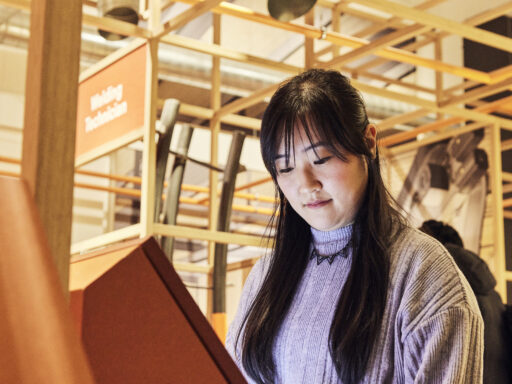
To inspire futures is the Science Museum Group’s mission and it is central to our work towards a society where all people feel that science is for them and have access to the benefits it brings.
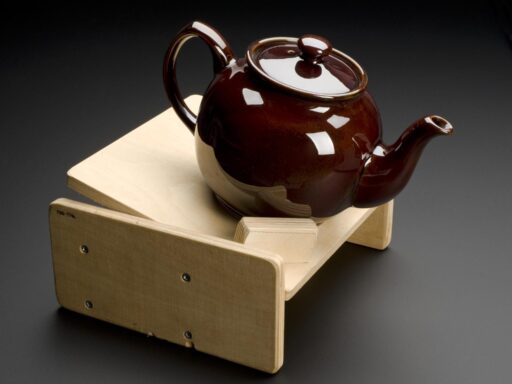
At the Blythe House object store, Collections Decant Assistant Georgina Kavanagh has been uncovering interesting stories as she prepares the collection to move to its new home in Wiltshire.
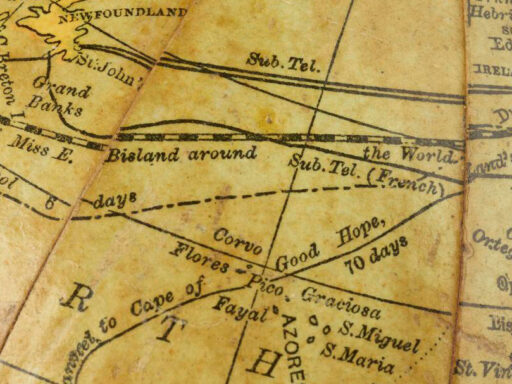
On 30 January 1890 adventurer and journalist Elizabeth Bisland made history, circumnavigating the world in just 76 days. Her remarkable journey was recorded on a rare globe, now part of the Science Museum Group Collection.
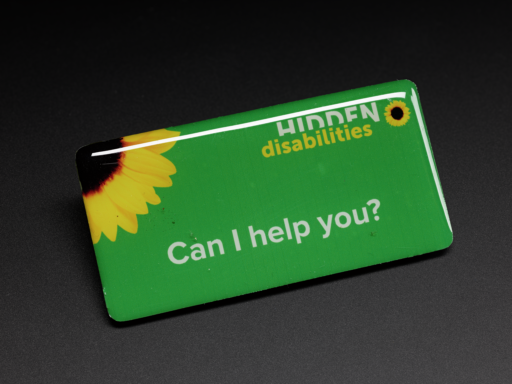
During the COVID-19 pandemic, you may have noticed people wearing a sunflower symbol on a green background on lanyards, badges, or face coverings. Curator Selina Hurley explains why we have added these sunflower symbols to our collection.